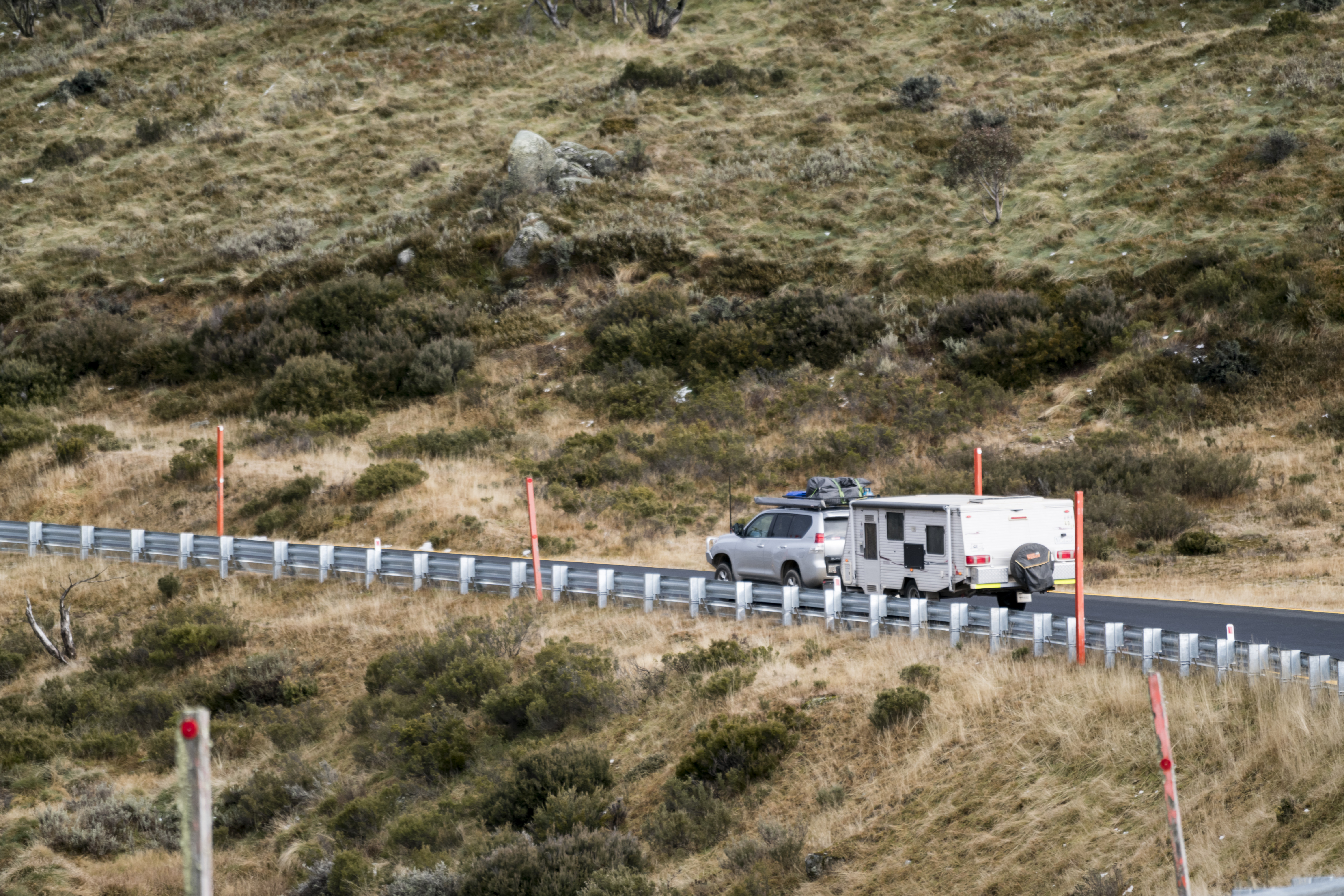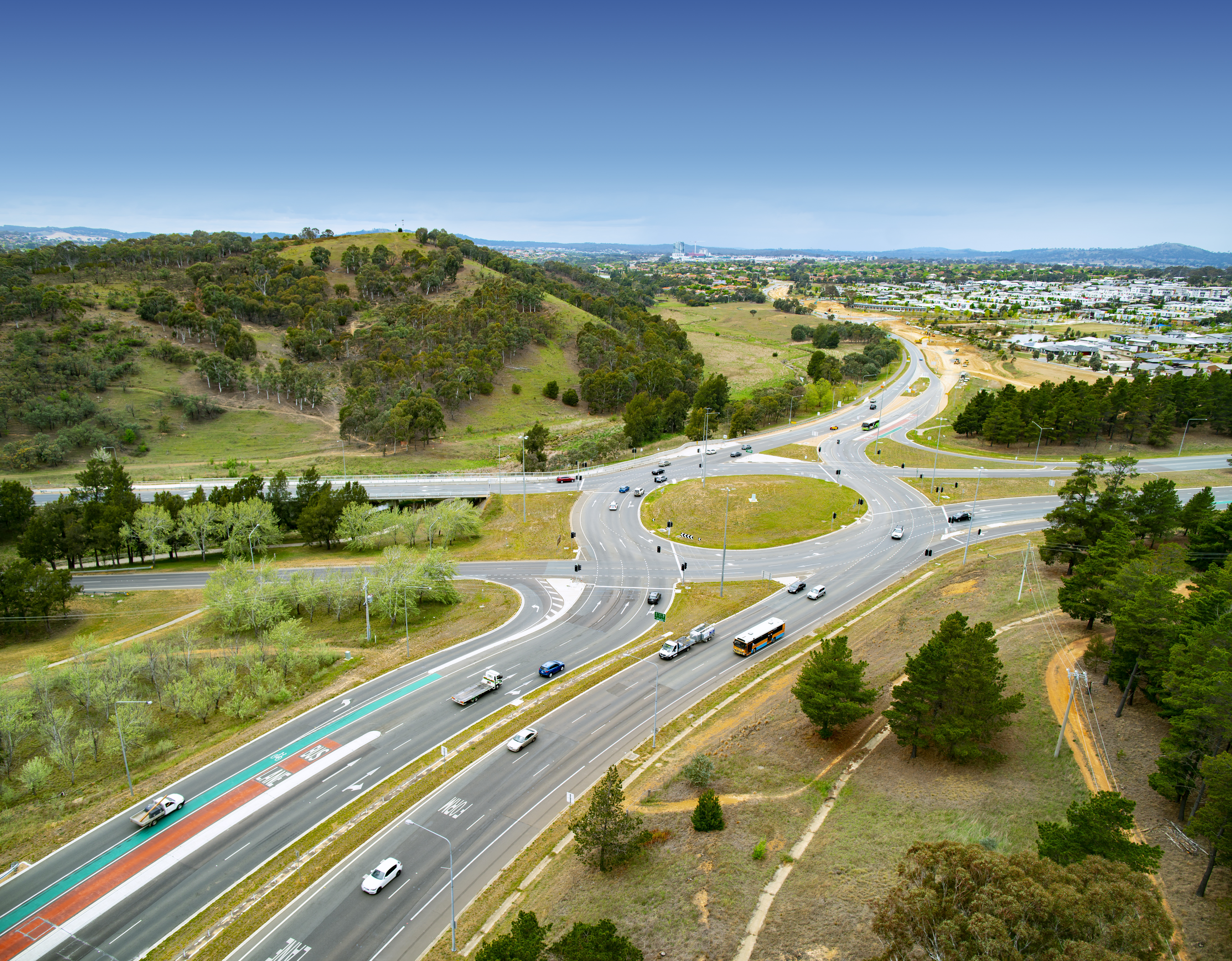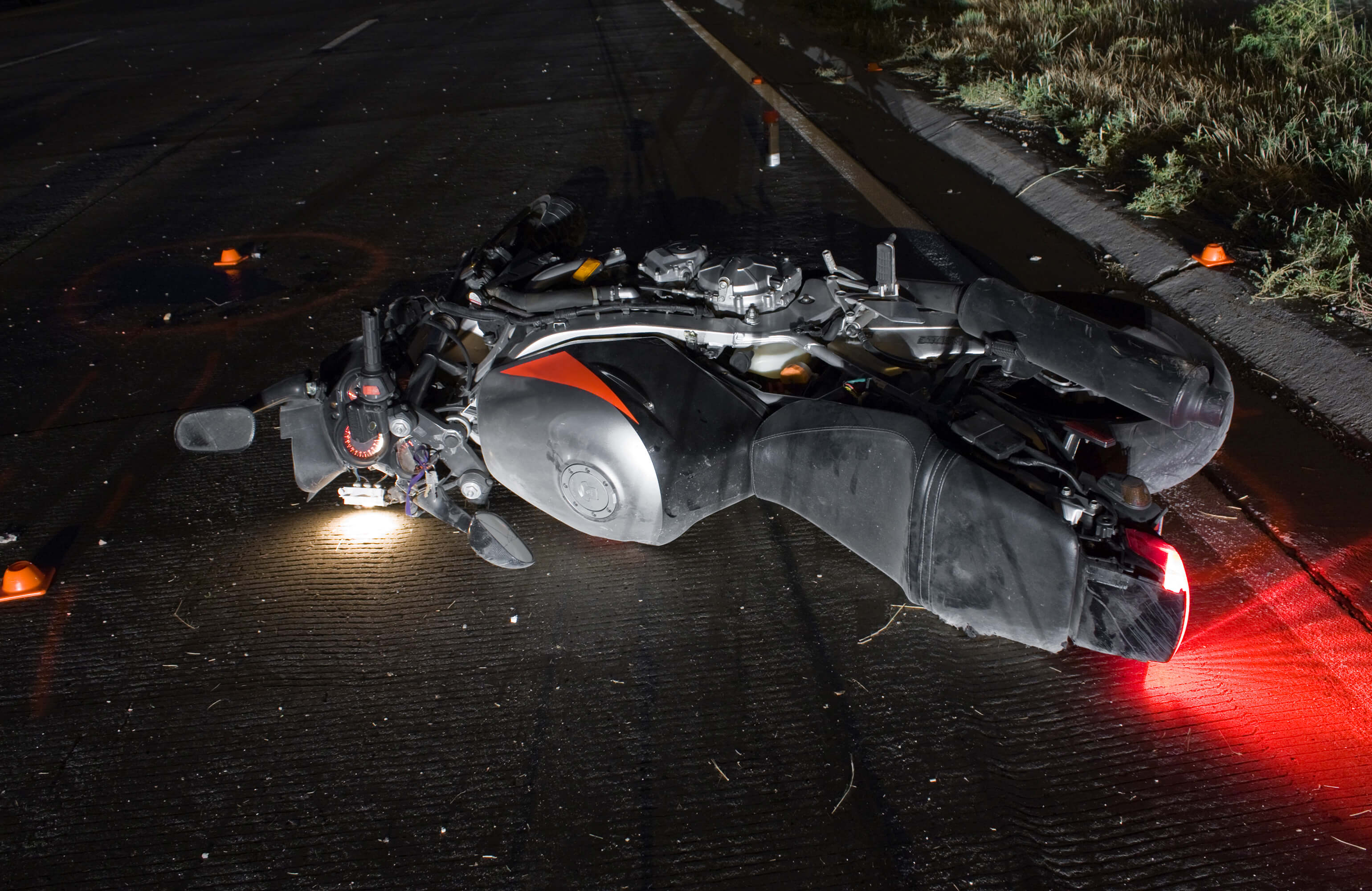The National Road Safety Strategy 2021-30(Opens in a new tab/window) includes Safety Performance Indicators (SPIs) to inform how well the road safety interventions perform and to help us understand the gaps. These are grouped into 3 categories: Safe Roads, Safe Vehicles and Safe Road Use.
Their definitions and measurement methodologies are all under development. The majority of these measures need further work to clarify their definition and have no readily available data to source from.
Vehicle safety rating
Proxy measure: ANCAP safety ratings for new cars sold in Australia (passenger and SUVs).
Share of light vehicle fleet that has an ANCAP 5-star rating within a six-year time stamp.
The ANCAP star rating protocols are updated periodically. All ratings from 2018 onwards have an expiry of 6 years from the rating year. Several pre-2018 ANCAP ratings expired at the end of 2022.
Explore related data and insights
Have a question or feedback?
Contact the Road Safety Data Hub team





